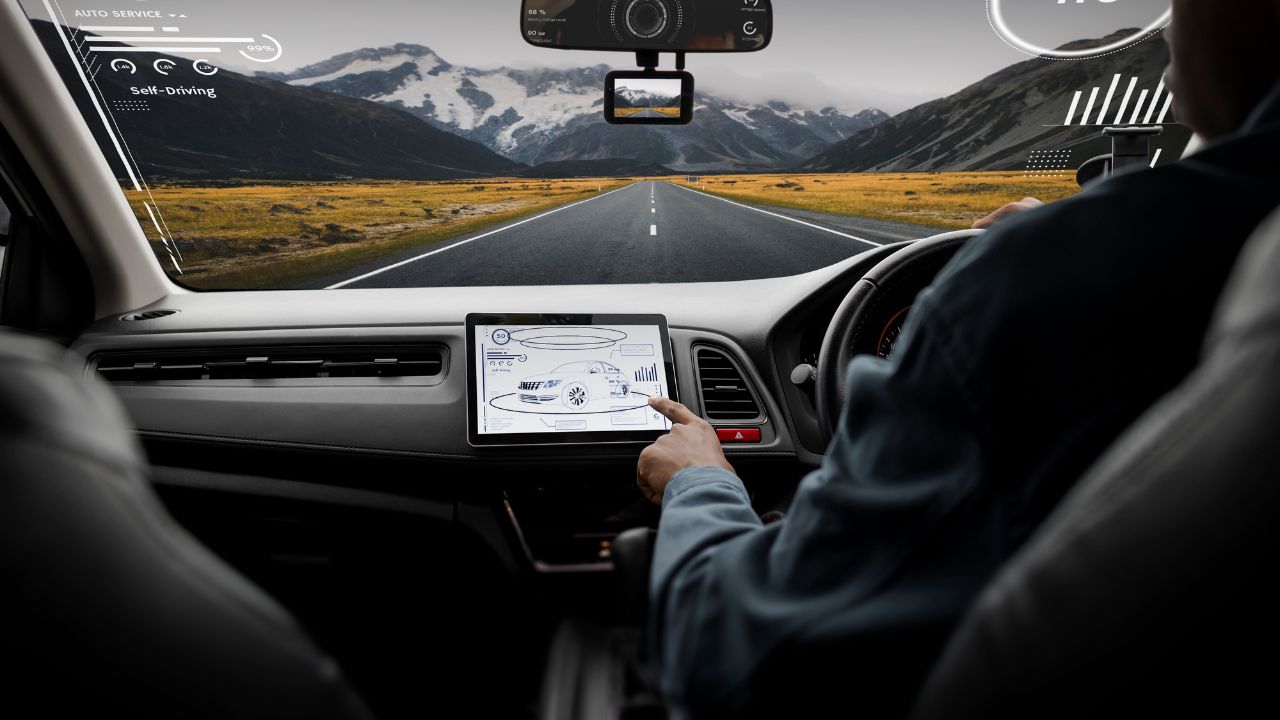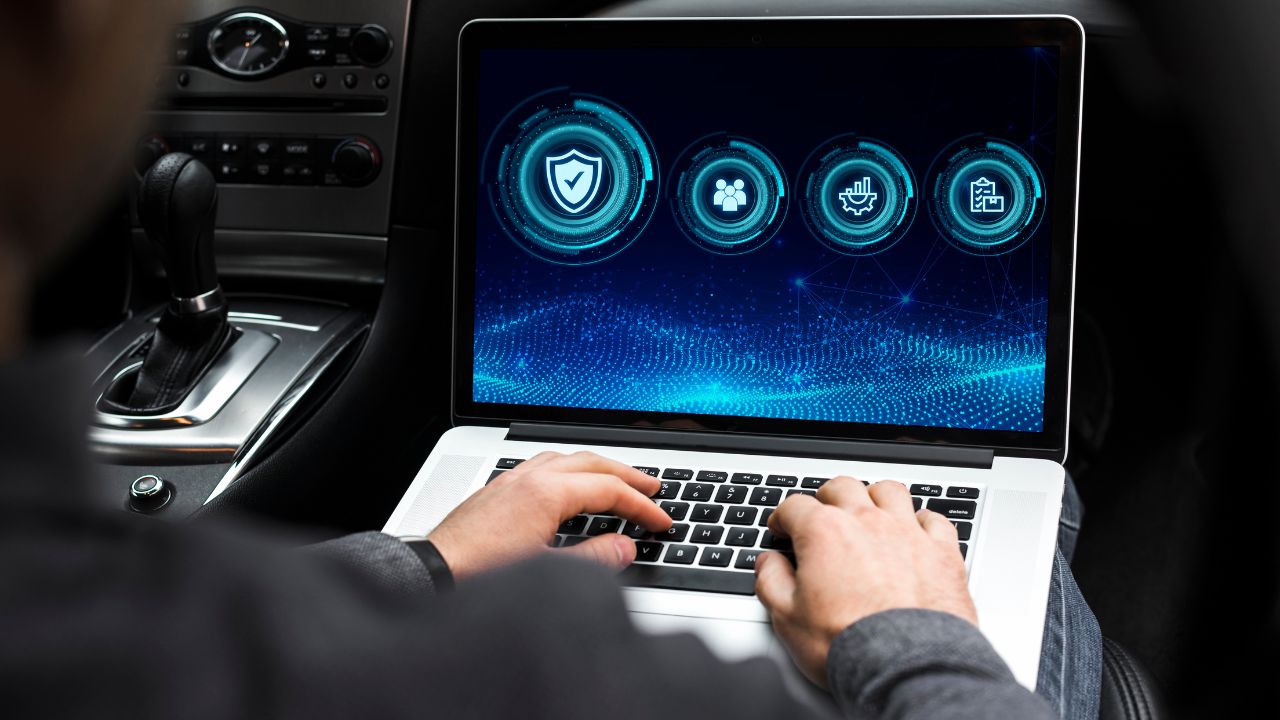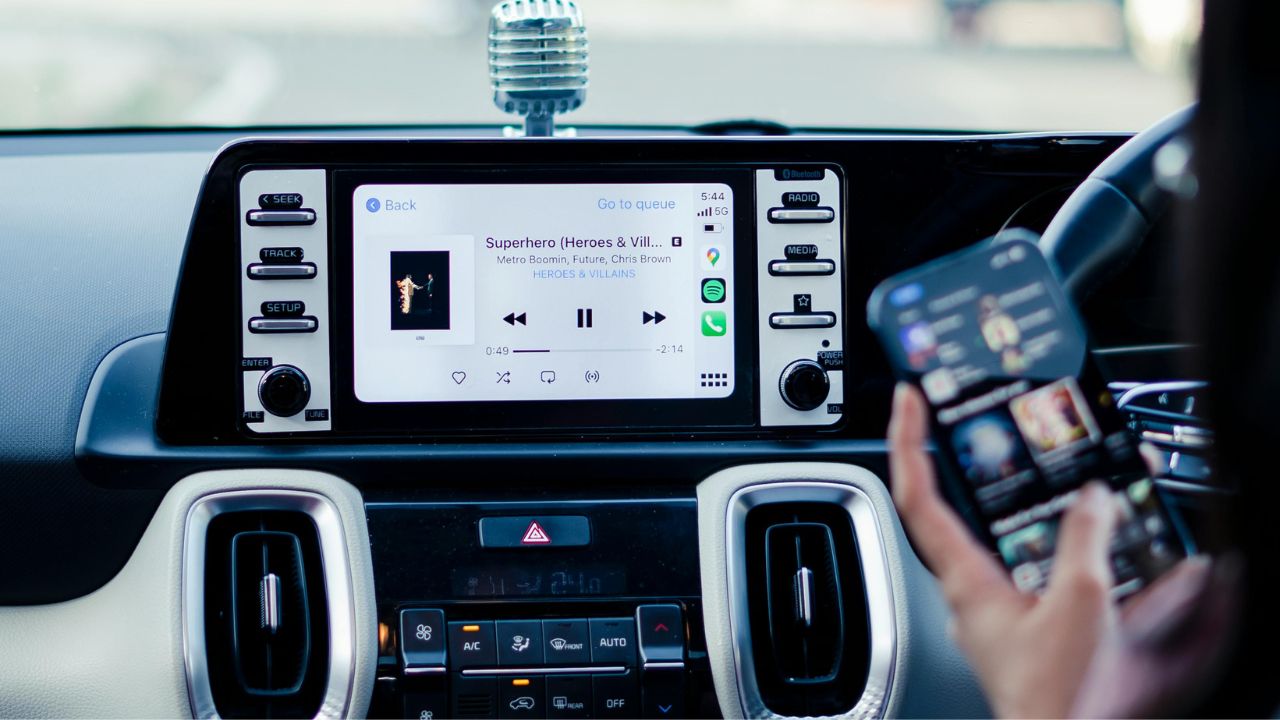The rise of connected vehicles has ushered in a new era of convenience and innovation in the automotive industry. However, as these vehicles become more integrated with digital networks, they also become more vulnerable to cybersecurity threats. This exploration delves into the various cybersecurity risks associated with connected vehicles and potential measures to mitigate them.
The Evolution of Connected Vehicles

Connected vehicle technology is fundamentally transforming how vehicles interact with their surroundings. At its core, this technology relies on the Internet of Things (IoT) and Vehicle-to-Everything (V2X) communications. IoT enables vehicles to connect to the internet and exchange data with various devices, while V2X communication facilitates interaction between vehicles and infrastructure like traffic lights and road signs. This interconnected web allows for features such as real-time traffic updates, remote diagnostics, and predictive maintenance, enhancing both the user experience and the overall efficiency of transport systems.
The adoption of connected vehicles has surged in recent years, driven by consumer demand for advanced features and the automotive industry’s push for innovation. According to a report by Statista, the number of connected cars on the road is expected to reach 482 million by 2025. Factors such as advancements in wireless technology, government incentives for smart transportation, and the proliferation of smart cities have all contributed to this rapid growth.
The benefits of connected vehicles are numerous. Enhanced safety is a primary advantage, with features like collision avoidance systems and automatic emergency braking reducing the likelihood of accidents. Additionally, connectivity improves efficiency by optimizing routes and reducing congestion through smart navigation systems. The user experience is also enriched through personalized infotainment options and seamless integration with smartphones and other devices, making driving more enjoyable and less stressful.
Common Cybersecurity Threats

As vehicles become increasingly connected, the risk of unauthorized access to vehicle systems looms large. Hackers can exploit vulnerabilities to gain control over critical functions such as steering, braking, and acceleration. In 2015, cybersecurity researchers Charlie Miller and Chris Valasek demonstrated the potential of such threats by remotely hijacking a Jeep Cherokee, highlighting the pressing need for robust security measures.
Another significant concern is the potential for data breaches. Connected vehicles generate vast amounts of data, including personal information, driving patterns, and location history. This treasure trove of data is a lucrative target for cybercriminals seeking to exploit it for financial gain or identity theft. For example, the 2018 data breach involving Tesla’s backend systems exposed sensitive customer information, underscoring the importance of safeguarding vehicle data.
Malware and ransomware pose additional threats to connected vehicles. Cybercriminals could deploy malicious software to immobilize vehicles or disrupt their functionality, demanding a ransom for restoration. In 2020, Honda experienced a ransomware attack that affected its production and internal systems, demonstrating the far-reaching impact such incidents can have on both manufacturers and consumers.
Impact on Consumer Safety and Privacy

Cybersecurity breaches in connected vehicles can have direct implications for consumer safety. Unauthorized access to a vehicle’s control systems could result in loss of control, leading to accidents and endangering lives. In 2019, Toyota recalled 3.4 million vehicles due to a software glitch that could compromise airbag deployment, illustrating the potential safety risks associated with software vulnerabilities.
Privacy concerns are equally pressing, as connected vehicles collect and transmit a wealth of personal data. Unauthorized tracking and data sharing can infringe on consumer privacy, leading to potential misuse of information. In 2021, a study revealed that vehicle infotainment systems retained users’ personal data even after a factory reset, raising alarms about data privacy protocols.
Real-world incidents provide stark examples of these cybersecurity challenges. In 2019, the German car rental company Sixt experienced a cyberattack that disrupted its operations and exposed customer data, highlighting the need for rigorous cybersecurity practices. Such cases underscore the vulnerability of connected vehicles to both safety and privacy threats.
Regulatory and Industry Response

The regulatory landscape for connected vehicle cybersecurity is evolving, but significant gaps remain. Regulations such as the United Nations Economic Commission for Europe’s (UNECE) WP.29 mandate require manufacturers to implement cybersecurity management systems. However, enforcement and compliance vary across regions, leaving room for improvement in establishing comprehensive global standards.
In response to these challenges, the automotive industry is actively working to bolster cybersecurity measures. Manufacturers like Ford and General Motors have established dedicated cybersecurity teams to identify and address vulnerabilities. Additionally, collaborations with tech companies, such as the partnership between Volvo and NVIDIA for developing a secure computing platform, are crucial in advancing vehicle cybersecurity.
International collaboration is vital for developing robust cybersecurity standards for connected vehicles. Organizations such as the Automotive Cybersecurity Industry Consortium (ACIC) facilitate dialogue and cooperation among stakeholders, promoting the adoption of best practices and harmonizing regulatory efforts. Such initiatives are essential in ensuring a unified approach to cybersecurity across borders.
Strategies for Mitigating Cybersecurity Risks

Addressing the cybersecurity risks in connected vehicles requires a multi-faceted approach. Enhanced security protocols, such as multi-factor authentication and encryption, are essential for protecting vehicle systems and data. Implementing these measures can prevent unauthorized access and safeguard sensitive information.
Regular software updates and patches play a critical role in mitigating vulnerabilities. Manufacturers must prioritize timely updates to address security flaws and ensure that vehicles remain protected against emerging threats. Tesla, for example, routinely deploys over-the-air updates to enhance vehicle security and functionality, setting a benchmark for the industry.
Consumer education is also a crucial component of cybersecurity risk mitigation. Educating consumers about potential threats and best practices for safeguarding their vehicles can empower them to take proactive measures. Initiatives such as the National Highway Traffic Safety Administration’s (NHTSA) consumer cybersecurity guidelines provide valuable resources for vehicle owners to stay informed and vigilant.
Like Fast Lane Only’s content? Be sure to follow us.
Here’s more from us:
*Created with AI assistance and editor review.







Leave a Reply